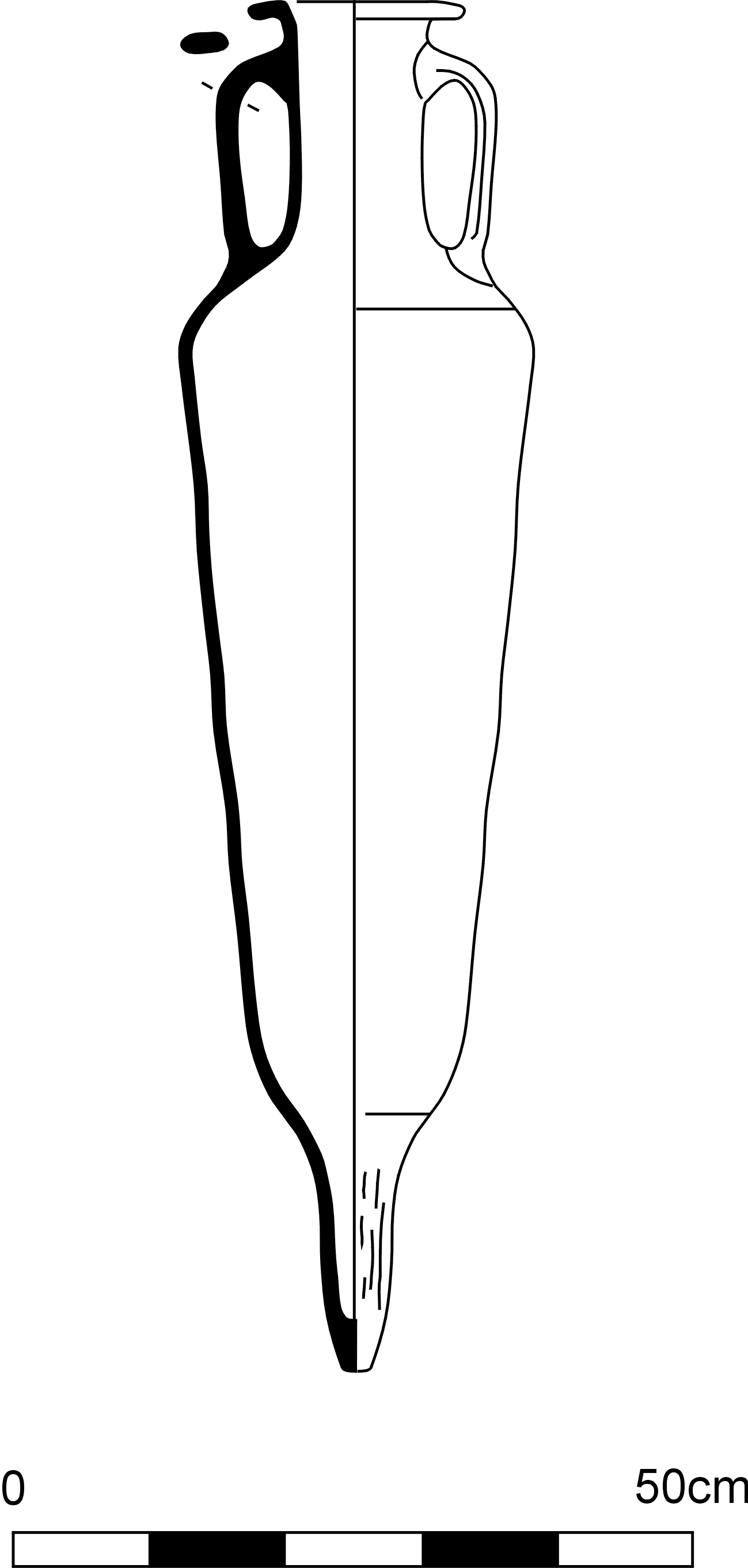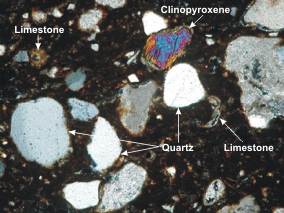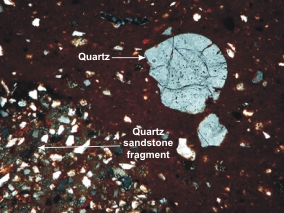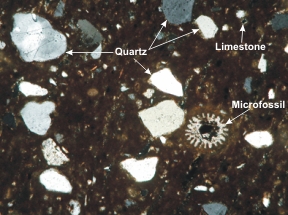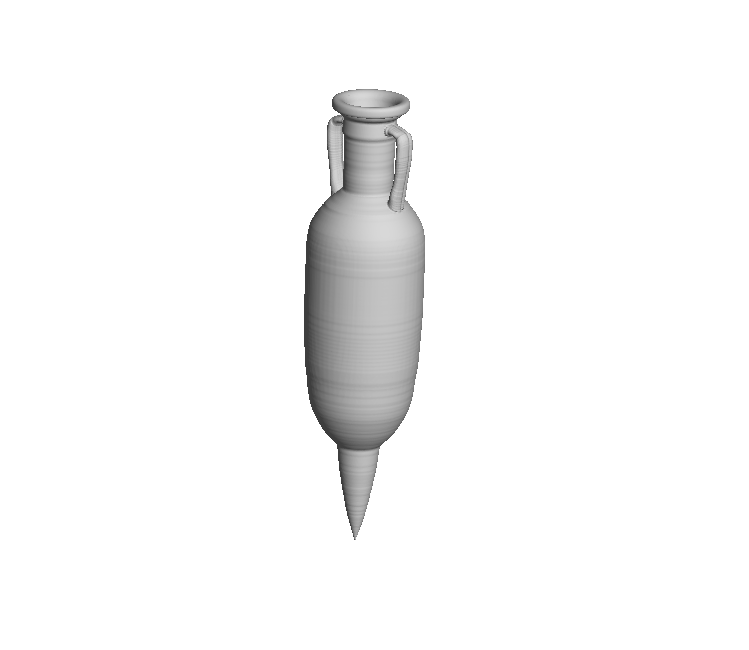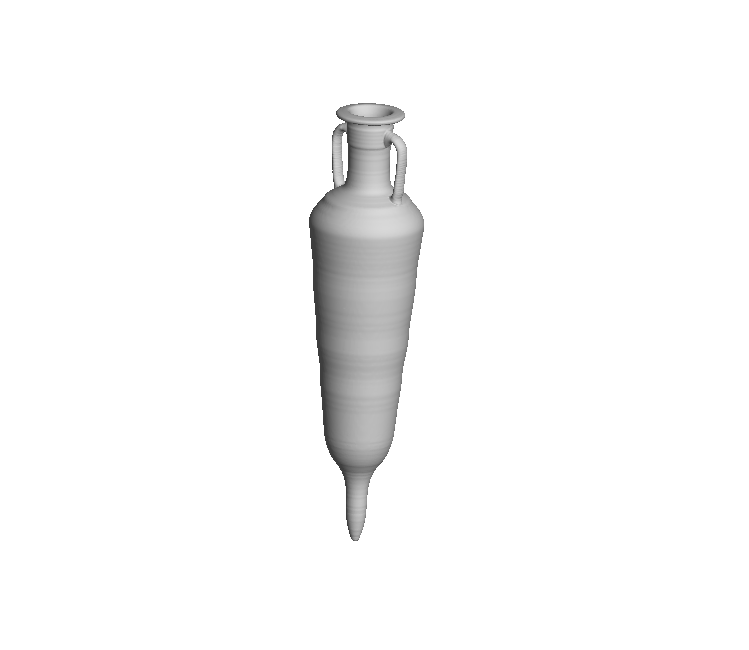Ceramic Types
The ArchAIDE knowledge-base is a collection of search and retrieval tools that allows accessing the project reference database for types, decorations and stamps. Up to now, the knowledge-base contains types related to Terra Sigillata Italica, Hispanica, South Gaulish, and Roman Amphorae.
Inserting a simple keyword in the search browser allows searching in all the text fields that describe each type. Clicking on the “Advanced” button, a complete form appears allowing to filter the results by all the relevant features of the specific entity. Clicking on the results allows complete access to all the information stored about a single type: description, chronology, origins and occurs, images, 3D models, references, equivalences.


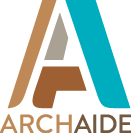
 Archaide 3DHOP Help
Archaide 3DHOP Help












